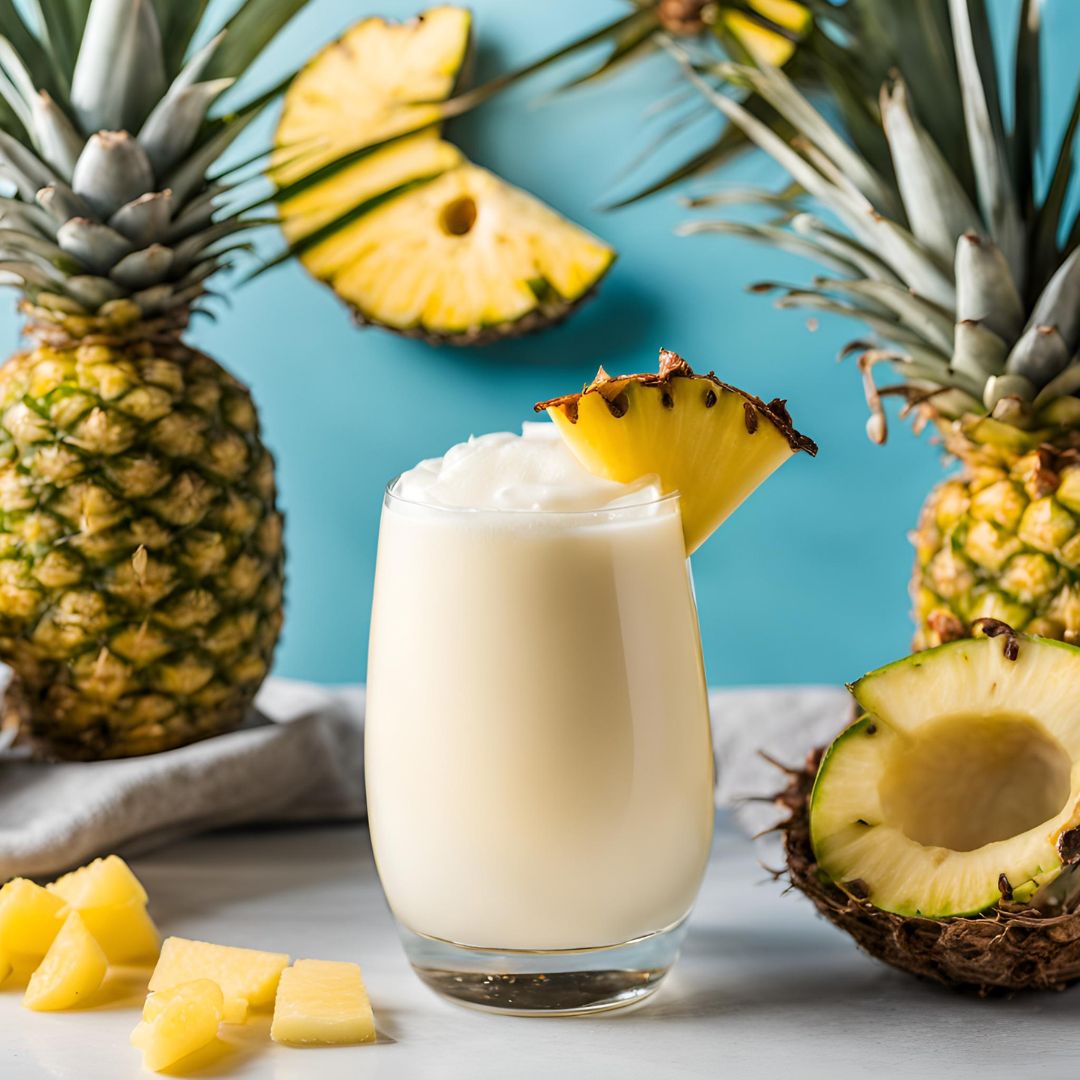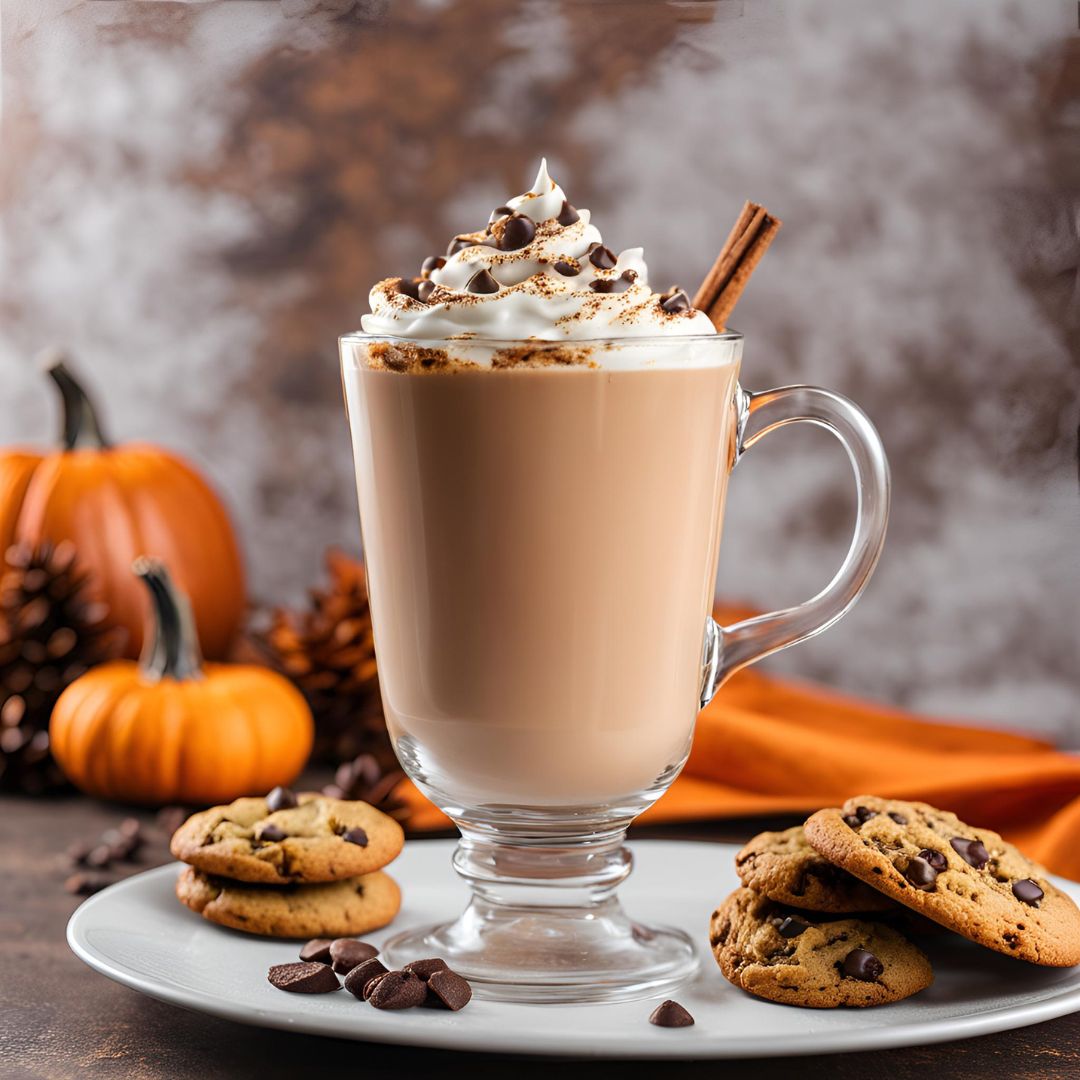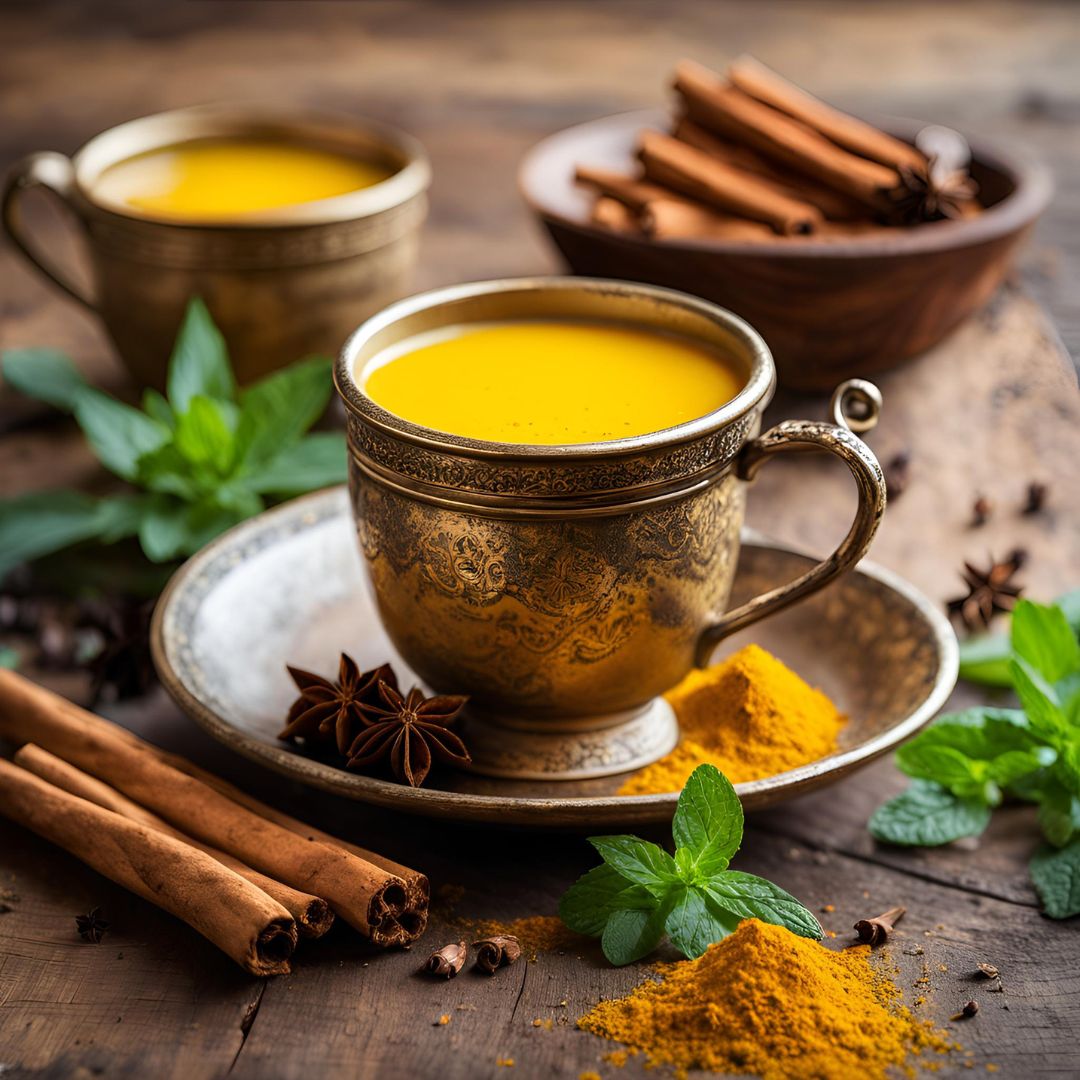Classic Sangria Recipe : A Refreshing Sip of Spain. Sangria, the quintessential Spanish beverage, has a storied history and a well-deserved reputation as a party favorite. This delightful drink, with its vibrant colors and refreshing flavors, has transcended its roots to become a beloved choice for gatherings, summer picnics, and cozy evenings alike. Originating in Spain, sangria has evolved over the years, capturing the essence of Spanish culture and hospitality while also allowing for creative interpretations worldwide.
A Brief History of Sangria
The name “sangria” is derived from the Spanish word “sangre,” meaning blood, which refers to the deep red color of the drink when made with red wine. Its origins can be traced back to ancient times, with early references to wine mixed with fruits and spices appearing as far back as the Roman Empire. However, the modern version of sangria that we know today began to take shape in the 18th century, particularly in the regions of Spain famous for their wine production, such as Rioja and Andalusia.
Sangria became popular among travelers who sought refreshment in the warm Spanish climate. It was often enjoyed at social gatherings, tapas bars, and outdoor cafes, where its fruity, sweet flavors provided a perfect counterpoint to savory dishes. As Spanish cuisine began to gain international recognition, sangria followed suit, becoming a staple in restaurants and bars around the world.
Today, sangria is synonymous with summer, sunshine, and socializing. It invites friends and family to gather around the table, sharing laughter and stories while sipping on this colorful concoction. The beauty of sangria lies not only in its taste but also in its versatility. With countless variations available, from white wine to sparkling wine, there is a sangria for every palate and occasion.
The Essence of a Classic Sangria
At its core, a classic sangria is a harmonious blend of red wine, fruit, a touch of sweetness, and a splash of brandy or liqueur. This combination creates a drink that is not only refreshing but also complex and full of character. The choice of wine is crucial, as it sets the foundation for the flavor profile. Traditionalists often opt for Spanish wines like Tempranillo or Garnacha, known for their fruity notes and moderate tannins, which complement the fresh fruits added to the mix.
The fruit component is where sangria shines in its adaptability. While lemons, limes, oranges, and apples are traditional choices, you can experiment with a variety of seasonal fruits such as berries, peaches, and even pineapple. The key is to ensure that the fruits are fresh and ripe, as they will infuse the drink with their natural sweetness and flavor over time.
Sweetness in sangria can be adjusted to your preference. Some people enjoy a sweeter sangria, while others prefer a drier version. A simple addition of sugar or a splash of fruit juice can transform the flavor to suit your taste. Alternatively, you can add soda water or lemon-lime soda for a fizzy twist that lightens the drink and adds a refreshing touch, perfect for hot summer days.
The Ritual of Making Sangria
Creating a classic sangria is not just about combining ingredients; it’s about the ritual of preparation that makes it a joyful experience. The process begins with selecting your ingredients, allowing you to connect with the flavors you love. Choosing a good quality red wine is essential, and visiting a local wine shop can be a fun adventure. Engage with the staff, ask for recommendations, and perhaps even taste a few options before making your decision.
Once you have your wine, the next step is gathering the fruits. Visit a local farmer’s market to select the freshest produce, where you can often find a wider variety of seasonal fruits than at a grocery store. As you chop and slice the fruits, the vibrant colors and aromas fill your kitchen, creating a sensory experience that sets the stage for what’s to come.
After mixing the ingredients in a large pitcher, allow it to chill for a few hours. This time is essential, as it allows the flavors to meld beautifully, creating a well-balanced drink that highlights the freshness of the ingredients. This waiting period also gives you the perfect opportunity to prepare for your gathering—setting the table, arranging snacks, and enjoying the anticipation of sharing your creation with others.
When it comes time to serve, pouring the sangria over ice in glasses garnished with fresh mint leaves or additional fruit slices adds a touch of elegance. The colorful presentation of sangria makes it a centerpiece for any gathering, inviting guests to pour themselves a glass and indulge in the delightful flavors of Spain.
Sangria: More than Just a Drink
Sangria is more than just a drink; it embodies a spirit of camaraderie and celebration. It encourages connection, conversation, and the joy of sharing. Whether you’re hosting a summer barbecue, enjoying a picnic in the park, or simply unwinding after a long day, sangria sets the perfect mood for relaxation and enjoyment.
As you sip your sangria, take a moment to appreciate the history and tradition that accompanies this beloved beverage. Imagine the sun-drenched plazas of Spain, where locals gather to enjoy a glass of sangria after a long day, sharing stories and laughter as the sun sets. It’s this essence of togetherness and enjoyment that makes sangria truly special.
Conclusion: Craft Your Own Sangria Experience
While the classic sangria recipe remains a favorite, the true beauty of this drink lies in its adaptability. Feel free to experiment with different wines, fruits, and flavors to create your own signature sangria. Whether you prefer a traditional red sangria, a refreshing white sangria, or even a sparkling version, the possibilities are endless.
As you embark on your sangria-making journey, remember that the most important ingredient is the joy of sharing it with others. So gather your friends and family, raise a glass, and toast to the delightful world of sangria. With each sip, you’re not just enjoying a drink; you’re partaking in a tradition that celebrates life, love, and the beauty of togetherness. Cheers!
Ingredients: Classic Sangria Recipe
- 1 bottle red wine (Spanish wine like Tempranillo or Garnacha works best) (750 ml)
- 1/4 cup brandy (optional, can be replaced with orange liqueur)
- 1/4 cup orange liqueur (such as Cointreau or Triple Sec)
- 1/4 cup sugar (adjust to taste)
- 2 cups orange juice (freshly squeezed is best)
- 1 lemon, sliced (for garnish)
- 1 lime, sliced (for garnish)
- 1 orange, sliced (for garnish)
- 1 apple, cored and diced (like Granny Smith or Honeycrisp)
- 1 cup blackberries (optional)
- 1-2 cups soda water or lemon-lime soda (for a fizzy touch)
- Fresh mint leaves (for garnish, optional)
Instructions: Classic Sangria Recipe
Combine the Ingredients:
- In a large pitcher, mix together the red wine, brandy, orange liqueur, sugar, and orange juice. Stir until the sugar is dissolved.
Add the Fruit:
- Add the sliced lemon, lime, orange, diced apple, and blackberries to the pitcher. Stir gently to combine.
Chill:
- Cover the pitcher and refrigerate for at least 2 hours, or overnight for better flavor infusion.
Serve:
- When ready to serve, add soda water or lemon-lime soda to taste. Serve over ice in glasses and garnish with fresh mint leaves if desired.
Number of Servings: Classic Sangria Recipe
Servings: Approximately 6-8 glasses, depending on glass size.
Total Time Breakdown: Classic Sangria Recipe
- Preparation Time: 15 minutes
- Chill Time: 2 hours (or up to overnight)
- Total Time: 2 hours 15 minutes (or longer if you chill overnight)
Essential Tips – Classic Sangria Recipe
1. Choose Quality Wine
The foundation of a great sangria is the wine. Opt for a good-quality red wine that you enjoy drinking on its own. Spanish wines like Tempranillo or Garnacha are traditional choices, but any fruity red wine will work. Avoid cooking wines or low-quality options, as their flavors will carry through to the final drink.
2. Let It Chill
Allowing your sangria to chill for several hours (or even overnight) is crucial for the flavors to meld beautifully. This resting time helps the fruits infuse their natural flavors into the wine and allows the sweetness to balance out. Aim for at least 2 hours in the refrigerator before serving, but if you can prepare it the night before, you’ll achieve even better results.
3. Balance the Sweetness
The sweetness level can make or break your sangria. Adjust the sweetness according to your preference by using sugar, fruit juices, or sweet liqueurs. Start with a small amount of sugar (about 1/4 cup) and add more if desired. Remember that the sweetness of the fruit will also contribute, so taste as you go to find the perfect balance.
4. Use Fresh, Seasonal Fruits
Fresh fruits are essential for adding flavor and vibrancy to your sangria. Choose ripe, seasonal fruits such as oranges, lemons, limes, apples, and berries. Not only do they enhance the taste, but they also add visual appeal. Cut the fruits into bite-sized pieces to maximize their exposure to the wine and make it easy for guests to enjoy.
5. Add a Splash of Fizz
For a refreshing twist, add a splash of soda water or lemon-lime soda just before serving. This fizzy addition lightens the drink and makes it even more refreshing, especially on hot days. Be sure to add the fizz right before serving to maintain its effervescence and to adjust the level to your taste.
Some More Interesting Recipes –
Frequently Asked Questions (FAQs) – Classic Sangria Recipe
1. What type of wine should I use for this recipe of sangria?
For classic sangria recipe, use a dry red wine such as Tempranillo, Garnacha, or another fruity red wine. Avoid sweet wines, as they can make the sangria overly sweet. However, feel free to experiment with white or rosé wines for a refreshing twist.
2. Can I use other fruits in my sangria following this recipe ?
Absolutely! While traditional fruits include oranges, lemons, limes, and apples, you can get creative with seasonal fruits like berries, peaches, pears, or even tropical fruits like pineapple. Just ensure they are fresh and ripe for the best flavor.
3. How long should I let the sangria chill with this recipe?
For optimal flavor, allow the sangria to chill for at least 2 hours. If you can, refrigerate it overnight; this will enhance the infusion of flavors from the fruit into the wine.
4. Can I make sangria ahead of time with this recipe?
Yes! Sangria is perfect for making ahead of time with this recipe. In fact, letting it sit for a few hours or overnight helps the flavors meld. Just remember to add any fizzy components, like soda, right before serving to keep it bubbly.
5. How do I adjust the sweetness of my sangria with this recipe?
You can adjust the sweetness by adding sugar, fruit juice, or sweet liqueurs to this Sangria Recipe. Start with a small amount of sugar (about 1/4 cup) and gradually increase it according to your taste. Taste as you go to find the perfect balance.
6. What is the best way to serve sangria?
Serve sangria over ice in large glasses. You can garnish each glass with fresh fruit slices or mint leaves for added color and flavor. A pitcher of sangria on the table encourages guests to serve themselves.
7. Can I use sparkling water or soda in this Sangria Recipe?
Yes, adding a splash of sparkling water, soda water, or lemon-lime soda just before serving can make the sangria even more refreshing. This addition lightens the drink and gives it a nice fizz.
8. How long can I store leftover sangria?
Leftover sangria can be stored in the refrigerator for up to 3 days. However, the fruit may become mushy over time, and the flavors may change slightly. If you’ve added soda, it’s best to consume it the same day, as the fizz will go flat.
9. Can I use frozen fruit in this recipe of sangria?
Yes, frozen fruit can be a great alternative, especially when fresh fruit isn’t available. Frozen fruits can also act as ice cubes, keeping your sangria chilled without diluting the flavor. Just remember to thaw them slightly before adding them to the mix.
10. Is this recipe of sangria gluten-free?
Yes, traditional sangria made with wine and fruit is gluten-free. However, if you add flavored spirits or mixers, double-check their ingredients to ensure they are gluten-free if you have dietary restrictions.
Sangria Recipe
Sangria is more than just a drink; it embodies a spirit of camaraderie and celebration. It encourages connection, conversation, and the joy of sharing. Whether you're hosting a summer barbecue, enjoying a picnic in the park, or simply unwinding after a long day, sangria sets the perfect mood for relaxation and enjoyment.

Ingredients: Classic Sangria Recipe
Instructions: Classic Sangria Recipe
Combine the Ingredients:
- • In a large pitcher, mix together the red wine, brandy, orange liqueur, sugar, and orange juice. Stir until the sugar is dissolved.
Add the Fruit:
- • Add the sliced lemon, lime, orange, diced apple, black-berries to the pitcher. Stir gently to combine.
Chill:
- • Cover the pitcher and refrigerate for at least 2 hours, or overnight for better flavor infusion.
Serve:
- • When ready to serve, add soda water or lemon-lime soda to taste. Serve over ice in glasses and garnish with fresh mint leaves if desired.





